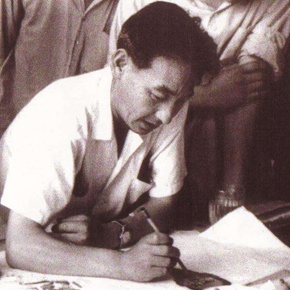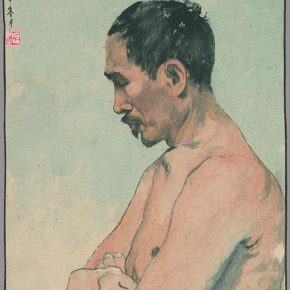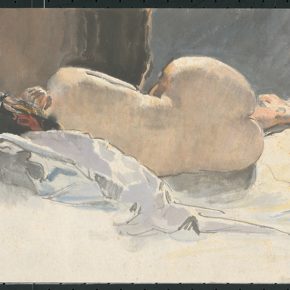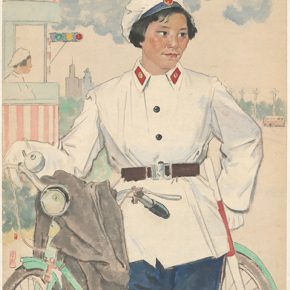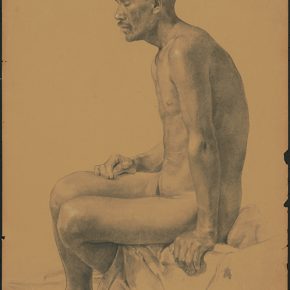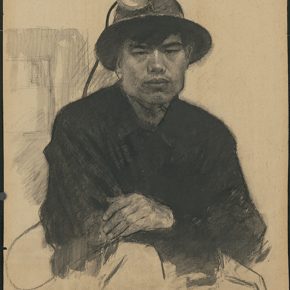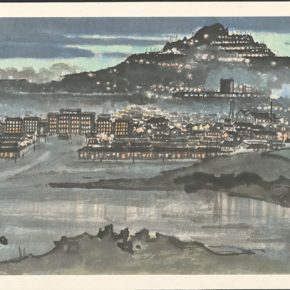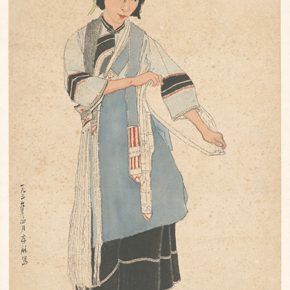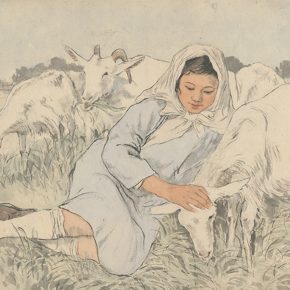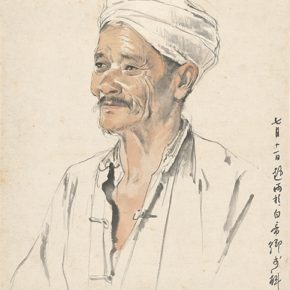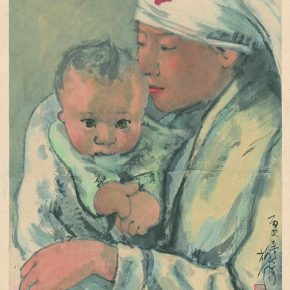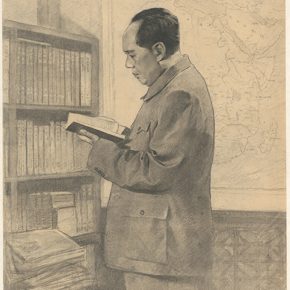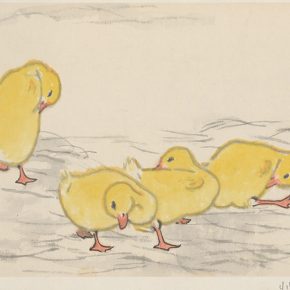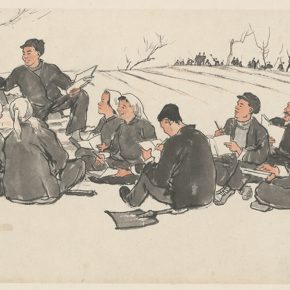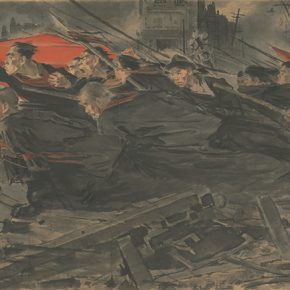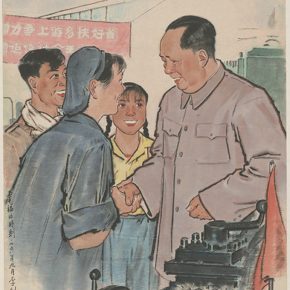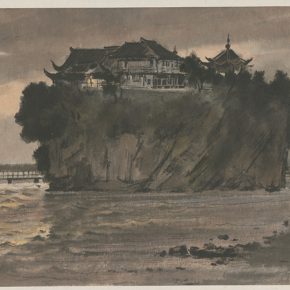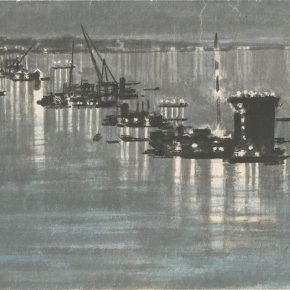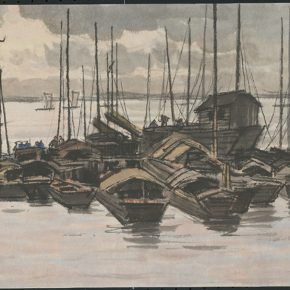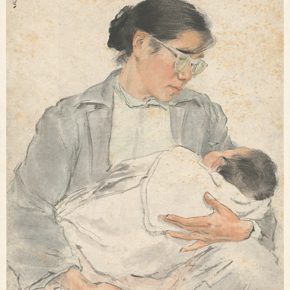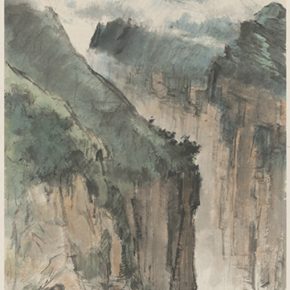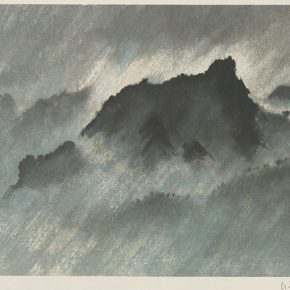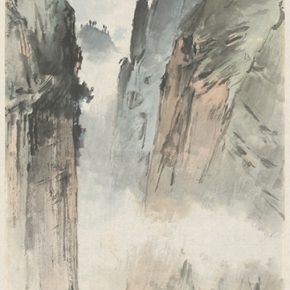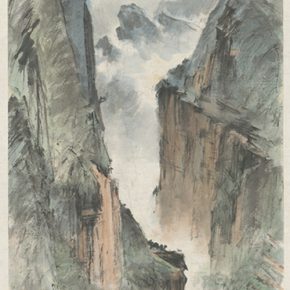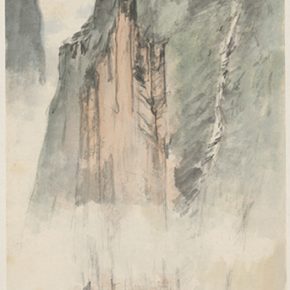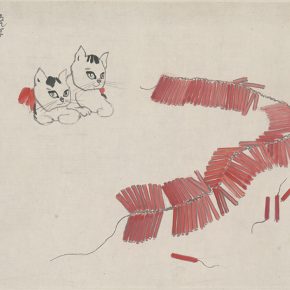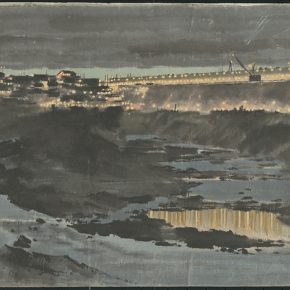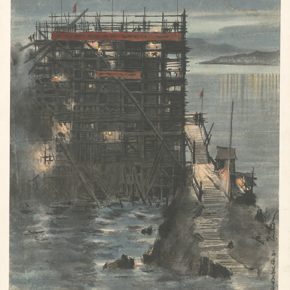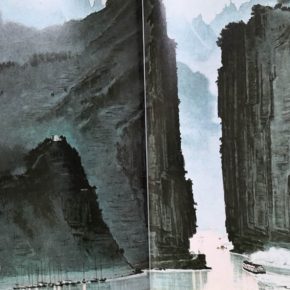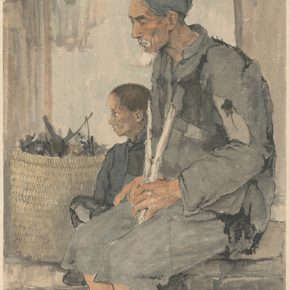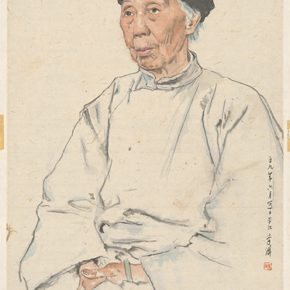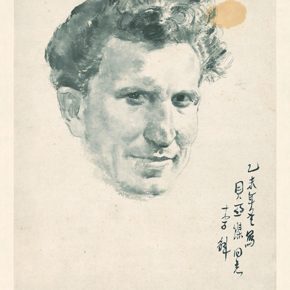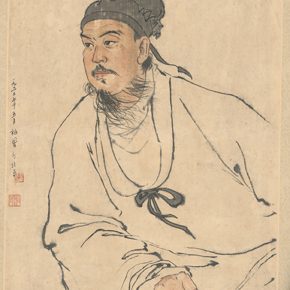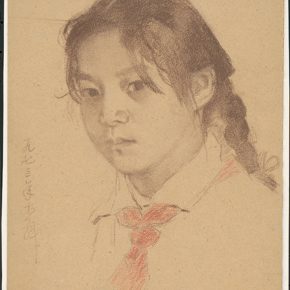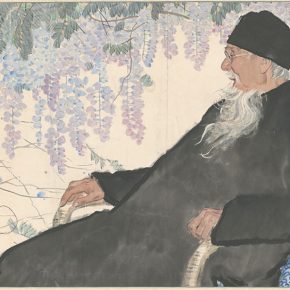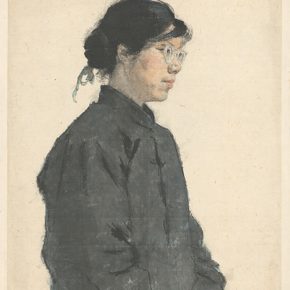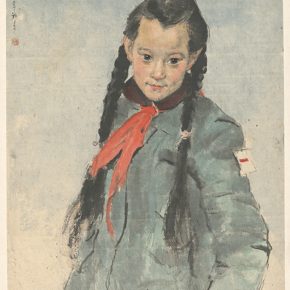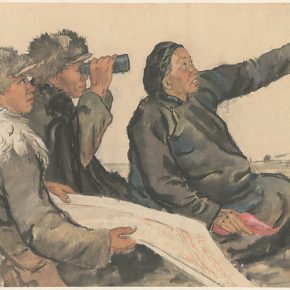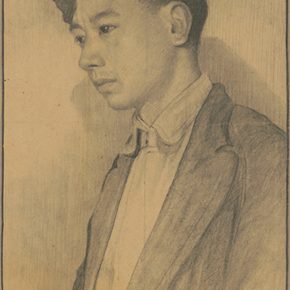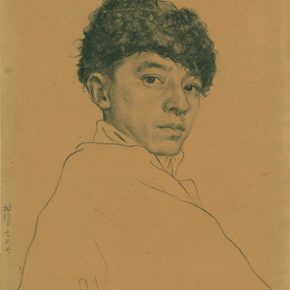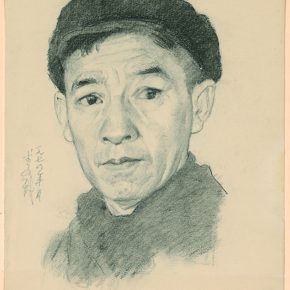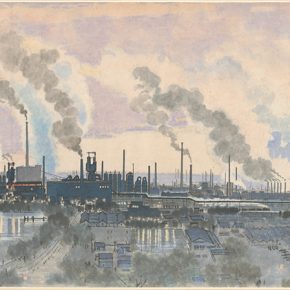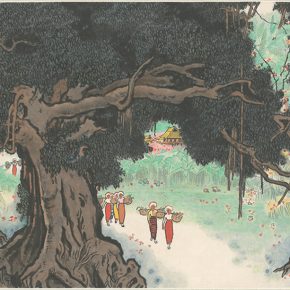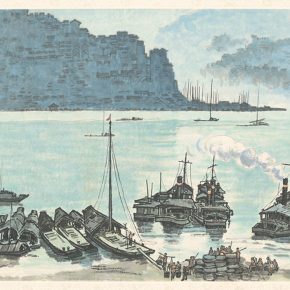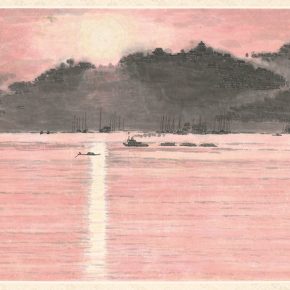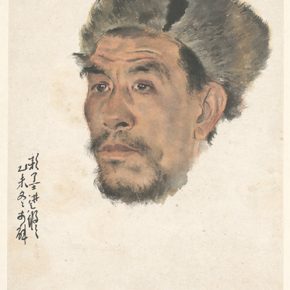Li Hu
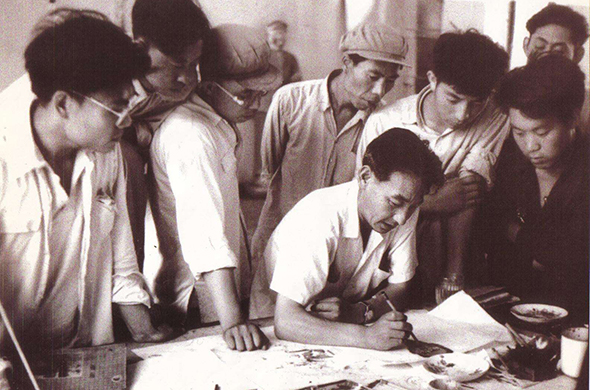
Li Hu is a renowned painter in China as well as an art educator who has made great contributions to the field of art education in China. He taught the basics course in drawing at the Department of Chinese Painting, Central Academy of Fine Arts and he served as the Director for the Subject of Figure Paintings. He attached great importance to the training of the basics of drawing and he had abundant experience in teaching. He has been so devoted to art that he has painted hundreds of qualified sketches besides his task in art teaching. Li Hu died in 1975 when he suffered from hepatic cirrhosis and the oppression of the “Cultural Revolution” aggravated his illness.
Li Hu was born in Dazhu, Sichuan Province in 1919. In 1942, he was admitted to the Art Department of the Central University, which was moved to Chongqing from Nanjing due to the Anti-Japanese War. Li Hu and Zong Qixiang were selected as key training subjects by Xu Beihong for fusion Experiments between China and the West. Li Hu inherited the basic thoughts of Xu Beihong: on one hand drawing was the modeling base while on the other hand one should value drawing from nature to establish the patterns of modern Chinese figure paintings. If Xu Beihong and Jiang Zhaohe mounted the first peak in art in the 1930s and 1940s, Li Hu and a group of figure painters jointly mounted a second peak in art and he was regarded as one of the representatives.
Li Hu was born into a poor peasant family but he showed special talent for painting as a child. Although he could not afford to buy painting supplies, he took full advantage of all the waste paper he could find. Neighbours knew he painted well so they sent him brushes and paper and asked him to draw banners, paper signs for windows, fans, lanterns, portraits and so on which all endowed him with opportunities and helped him solve the difficulties of supplies. He was admitted to Chengdu Normal School and he still insisted on practicing painting after classes. On holidays or Sundays, he walked to the suburbs to sketch for poor peasants, workers, hawkers and cricket owners, thus these experiences enabled him to create themes based on working people.
In the fall of 1942, he was admitted to the Art Department of the Central University and he obtained an opportunity for further study. It was exactly on this occasion that Mr. Xu Beihong returned from India and once again presided over the Art Department. It was a great honor that Li Hu received direct guidance and cultivation from Mr. Xu Beihong. Mr. Xu advocated realism in his creations and teaching while he promoted innovations in Chinese paintings. Mr. Xu has insisted on the education method that uses an application of brushes and rich paper with Western painting techniques. He specially selected Zong Qixiang from Department of Chinese Painting and Li Hu from Department of Western Painting for his experimental cultivation. Li Hu worked hard and he often took brushes and paper to sketch near the Jialing River to depict the boat trackers struggling with the wind and rain over the years. He created Boat Trackers in 1940s which was born from his experience during this period. Although not mature enough, his initial achievement could be detected. Mr. Xu particularly praised his learning spirit and he wrote down the following words for Li’s solo exhibition: “With brushes and paper from Chinese painting, he sketches with Western techniques, I think Li is the most successful innovator since the Art Department of the Central University moved to Sichuan.”
In the 1950s, Li Hu’s innovative practices in Chinese paintings gradually evolved into a mature state and reached a new realm. He created a large number of “Night Landscape” paintings such as Night Voyage through Three Gorges, Exploration Project for Yangtze River Bridge, Night Voyage, Shijingshan Steel Mill, A New City on a Prairie and so on. This kind of night landscape was very rare in traditional landscape paintings as the atmosphere of night scenes was difficult to depict meanwhile complicated light effects should be portrayed using new techniques. Li Hu combined the ink and wash techniques in traditional landscape paintings while he also made use of shading effects, color and perspective in Western paintings, so that his paintings are both conceptual and realistic through the integration of ink, wash and light.
“Mr. Li Hu’s accomplishments in drawing are extremely profound as his works contain something that is missing from others’ work, i.e. there is an attitude that Eastern people respect subjects since they do not put the techniques in in the first place, instead they value the subjects and portrayal of subjects. Comparatively his expression is humble but sincere. The result is that you can truly feel the presence of the subject and feel his breath and temperature,” commented on by Xu Bing, Director of CAFA Academic Committee.
Li Hu did not get his achievements easily but from long-term persistence and hard work, especially as he never ceased drawing until his death. It is such a pity that Li Hu died in his fifties and he could not realize his ambition to innovate Chinese painting. But contemporary artists might absorb rich nutrition from his practices and so they will make great achievements in their creations.
The text was edited and translated by Sue on the basis of Xu Shiping’s article “Painter Li Hu—An Explorer of Innovations in Chinese Paintings”.
References:
Xu Bing: “About Mr. Li Hu’s Drawing”;
Zhang Anzhi: “Li Hu’s Artistic Achievements”;
Liu Xilin: “A Fighter Integrated Chinese and Western Paintings: Discussions on Li Hu’s Figure Paintings”;
Interview with Liu Boshu: “Li Hu’s Teaching Years”;
Li Hu: “Why we should and how to learn drawing”;
Courtesy of the Artist and CAFA ART INFO


